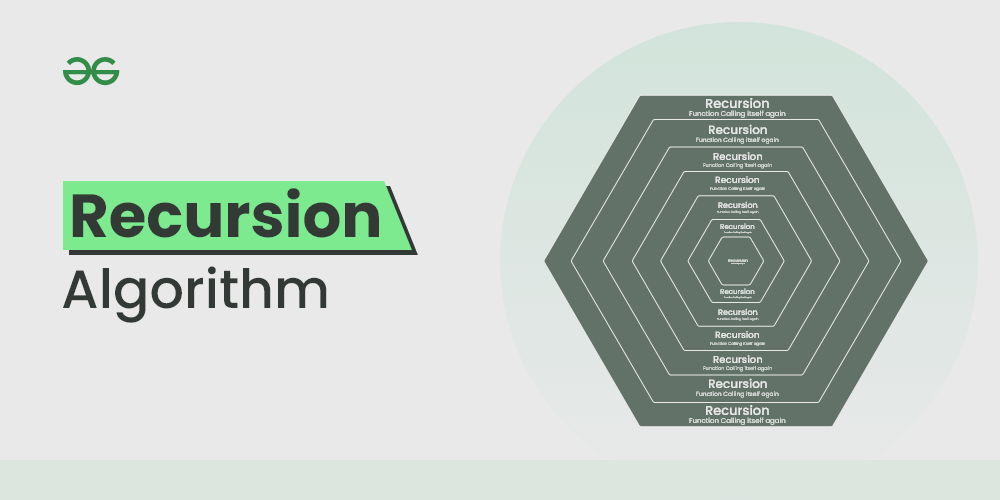递归算法设计模式:模板方法与策略模式在Java中的实现
发布时间: 2024-08-29 12:06:56 阅读量: 63 订阅数: 44 


# 1. 递归算法设计模式简介
递归算法设计模式是软件开发中用于解决特定问题的一系列编码实践和策略。它允许我们按照自顶向下或自底向上的方式思考问题,并将其分解为更小的、更易于管理的部分。递归算法在解决树结构遍历、排序问题、动态规划等领域中有着广泛的应用。本章将简要介绍递归算法的基本概念和递归设计模式的核心思想,为后续章节中对特定设计模式的探讨打下基础。
在理解递归算法设计模式之前,我们首先需要掌握递归算法的基本原理。递归可以定义为一个函数直接或间接地调用自身。递归算法通常需要两个主要部分:基本情况(用于结束递归)和递归情况(用于将问题分解成更小的子问题)。递归函数的典型结构包括明确的退出条件和递归调用的逻辑。
在递归设计模式中,我们可以将常见的递归逻辑抽象出来,形成模板方法模式和策略模式两种不同的实现方式。模板方法模式通过固定算法的骨架并允许子类覆盖其中的一些步骤来实现递归逻辑的复用,而策略模式则通过将算法家族的不同变体定义为独立的类来实现更灵活的递归策略选择。这两种模式在设计复杂递归算法时可以提供清晰的结构,并且能够促进代码的可维护性和可扩展性。
```markdown
### 递归算法设计模式简介
- **递归算法**:一种基于自我调用的解决问题方法,适用于问题可分解为相似子问题的情况。
- **设计模式**:软件工程中对特定问题解决方案的通用描述。
- **递归设计模式**:特定设计模式(如模板方法模式、策略模式)在实现递归算法中的应用。
```
# 2. 模板方法模式理论与实践
## 2.1 模板方法模式概念解析
### 2.1.1 模式定义和组成要素
模板方法模式是一种行为设计模式,它定义了一个操作中的算法骨架,将某些步骤延迟到子类中。模板方法使得子类可以在不改变算法结构的情况下,重新定义该算法的某些特定步骤。
该模式的组成要素主要包括:
- `AbstractClass(抽象类)`:定义了一个模板方法,该方法定义了算法的骨架,它由一系列步骤组成,每个步骤对应一个操作。通常,这些操作在抽象类中定义为一个抽象操作或一个具体操作。
- `ConcreteClass(具体子类)`:实现或继承抽象类中的具体操作,并覆盖抽象操作以实现算法的不同部分。
### 2.1.2 设计原则与应用场景
模板方法模式遵循“开闭原则”,即对扩展开放,对修改关闭。当需要扩展一个算法的功能,但又不想改变其原始实现时,可以使用模板方法模式。
应用场景包括:
- 当有一系列算法,每种算法都需要进行一些步骤或操作时,但每个步骤的具体实现可以在每个算法中有所不同。
- 当多个类中的方法体几乎相同,只有很小的差异时,可以通过继承一个共同的父类来复用代码,同时又能够定制特定的行为。
- 当需要控制子类的扩展时,可以在父类中定义算法的骨架,并留有扩展点让子类实现。
## 2.2 模板方法模式在Java中的实现
### 2.2.1 实现步骤与代码结构
模板方法模式的实现步骤和代码结构通常包括以下几个部分:
1. **定义抽象类**:这个类包含了一个模板方法,以及定义了算法骨架的一系列方法声明。其中,模板方法是final的,以防止被子类重写,而具体步骤则可以是抽象的,也可以是具体实现的。
```java
public abstract class AbstractClass {
// 模板方法
public final void templateMethod() {
step1();
step2();
step3();
}
// 抽象步骤方法,留给子类实现
protected abstract void step1();
protected abstract void step2();
protected abstract void step3();
}
```
2. **实现具体子类**:继承抽象类,并实现其中的抽象方法。在这个步骤中,可以定制每个子类特有的算法行为。
```java
public class ConcreteClass extends AbstractClass {
@Override
protected void step1() {
// 具体实现
}
@Override
protected void step2() {
// 具体实现
}
@Override
protected void step3() {
// 具体实现
}
}
```
### 2.2.2 具体实现案例分析
让我们通过一个简单的编程示例来分析模板方法模式的具体实现。
假设我们正在开发一个日志记录系统,其中日志记录的流程是固定的,但是具体的日志格式化和存储方式可能根据不同的需求而有所不同。
```java
public abstract class LogGenerator {
// 日志生成模板方法
public final void generateLog() {
String message = createMessage();
String formattedMessage = formatMessage(message);
storeLog(formattedMessage);
}
// 抽象方法,需要被子类实现
protected abstract String createMessage();
protected abstract String formatMessage(String message);
protected abstract void storeLog(String formattedMessage);
}
```
具体实现可以是这样的:
```java
public class ConsoleLogGenerator extends LogGenerator {
@Override
protected String createMessage() {
return "Console log message.";
}
@Override
protected String formatMessage(String message) {
// 这里是具体的格式化步骤
return message.toUpperCase();
}
@Override
protected void storeLog(String formattedMessage) {
// 这里是具体的存储逻辑,例如打印到控制台
System.out.println("Console logged: " + formattedMessage);
}
}
public class FileLogGenerator extends LogGenerator {
@Override
protected String createMessage() {
return "File log message.";
}
@Override
protected String formatMessage(String message) {
// 格式化步骤可能不同
return message + "\n";
}
@Override
protected void storeLog(String formattedMessage) {
// 存储逻辑,例如写入到文件
// ... 写文件代码
}
}
```
## 2.3 模板方法模式的优化与变体
### 2.3.1 模板方法与回调函数
模板方法模式与回调函数可以结合使用,从而提升模式的灵活性。回调函数允许在运行时动态地改变一个算法的行为,它可以作为模板方法的一个参数传递进来。
```java
public abstract class TemplateMethodWithCallback {
public void templateMethod(final Callback callback) {
step1();
step2();
callback.onStep3();
}
protected abstract void step1();
protected abstract void step2();
public interface Callback {
void onStep3();
}
}
```
### 2.3.2 模板方法模式的扩展性探讨
为了提升模板方法模式的扩展性,可以设计出一套可插拔的扩展机制。这通常涉及使用“钩子(hook)”方法,即在抽象类中提供一些默认实现的方法,这些方法可以被子类选择性地覆盖。
```java
public abstract class ExtendableTemplateMethod {
// 模板方法
public final void templateMethod() {
step1();
step2();
// 钩子方法可以被子类覆盖
if (hook()) {
step3();
}
}
protected abstract void step1();
protected abstract void step2();
protected abstract void step3();
// 钩子方法默认返回true
protected boolean hook() {
return true;
}
}
```
通过这种方式,子类可以根据需要覆盖钩子方法,以便控制是否执行特定的步骤,而不必改动模板方法本身的代码。
**总结:**
0
0





